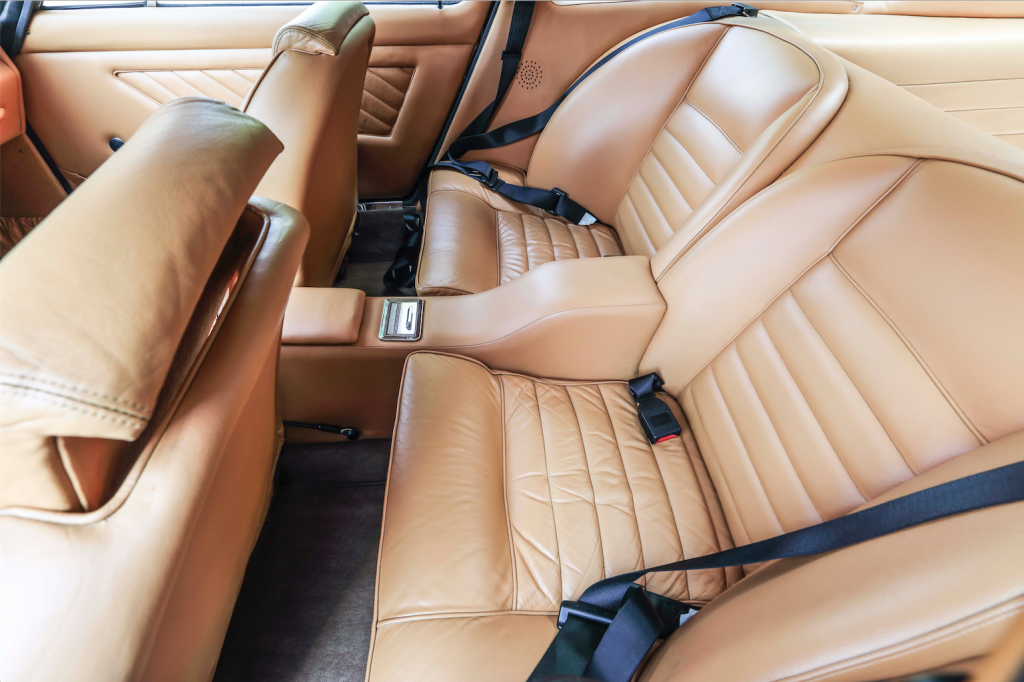#Maserati #Indy #America #50years #classic #italian #gt #sportscar #sportwagen #tridente #grantourismo #tbt #beyondcoolmag #classic #sprezzatura
For english copy scroll down please.
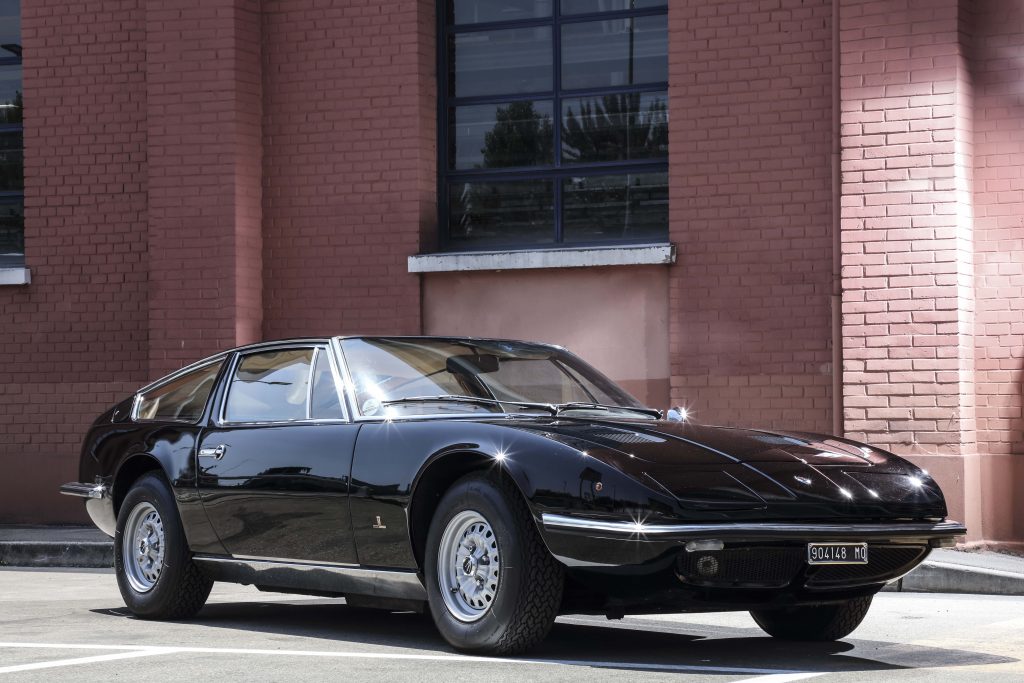
Vor exakt 50 Jahren wurde das erste Indy Coupé ausgeliefert

Der 1. Juli 1969 war ein bedeutender Tag für Maserati: An diesem Datum verliess der erste für einen Kunden produzierte Maserati Indy die Firmenzentrale in Modena und wurde an den damaligen Schweizer Importeur „Martinelli e Sonvico“ in #Chiasso im #Tessin geliefert. Wenige Tage später konnte der neue Besitzer, ein Schweizer Geschäftsmann, seinen Indy in der Lackierung „Oro Metalizzato“ und brauner Lederausstattung in Empfang nehmen.

Der Maserati Indy wurde im Rahmen des Turiner Autosalons 1968 auf dem Messestand der Carrozzeria Vignale vorgestellt, bevor er im Folgejahr beim Genfer Autosalon offiziell sein Debüt bei Maserati gab. Es war eine bemerkenswerte Zeit für das Unternehmen: Maserati hatte 1968 mit rund 700 Fahrzeugen einen neuen Produktionsrekord erzielt und besass in Italien im Segment der Fahrzeuge mit über 3,5 Liter Hubraum einen Marktanteil von 43 Prozent. Das Modellprogramm bestand seinerzeit aus #Ghibli, #Mexico, #Mistral, #Sebring und #Quattroporte.
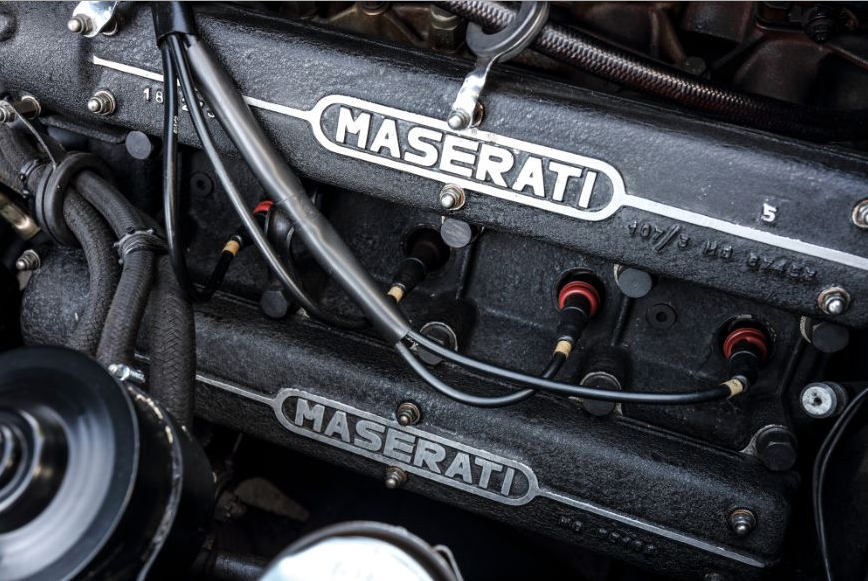
Als Reaktion auf Kundenwünsche nach einem besonders komfortablen und doch leistungsstarken Reisesportwagen entschloss man sich bei Maserati, ein neues Fahrzeug zu entwickeln: das Projekt AM116 (Alfieri Maserati 116). So wurde die Carrozzeria Vignale beauftragt, ein viersitziges Coupé zu entwerfen, das Komfort, sportliche Fahrleistungen und ein innovatives Erscheinungsbild verband. Das Ergebnis war der Indy, der seinen Namen zu Ehren der Siege des Maserati 8CTF bei den 500 Meilen von Indianapolis in den Jahren 1939 und 1940 erhielt.

Der Indy besass grosse Fenster, um eine hervorragende Sicht zu gewährleisten und um gleichzeitig dem Auto eine besonders schlanke Linie zu verleihen. Ein weiteres charakteristisches Merkmal war sein Heck, das den starken Fokus auf die aerodynamische Effizienz widerspiegelte. Ganz zeitgemäss verfügte der 2+2-Sitzer über Klappscheinwerfer, die damals als Nonplusultra galten.
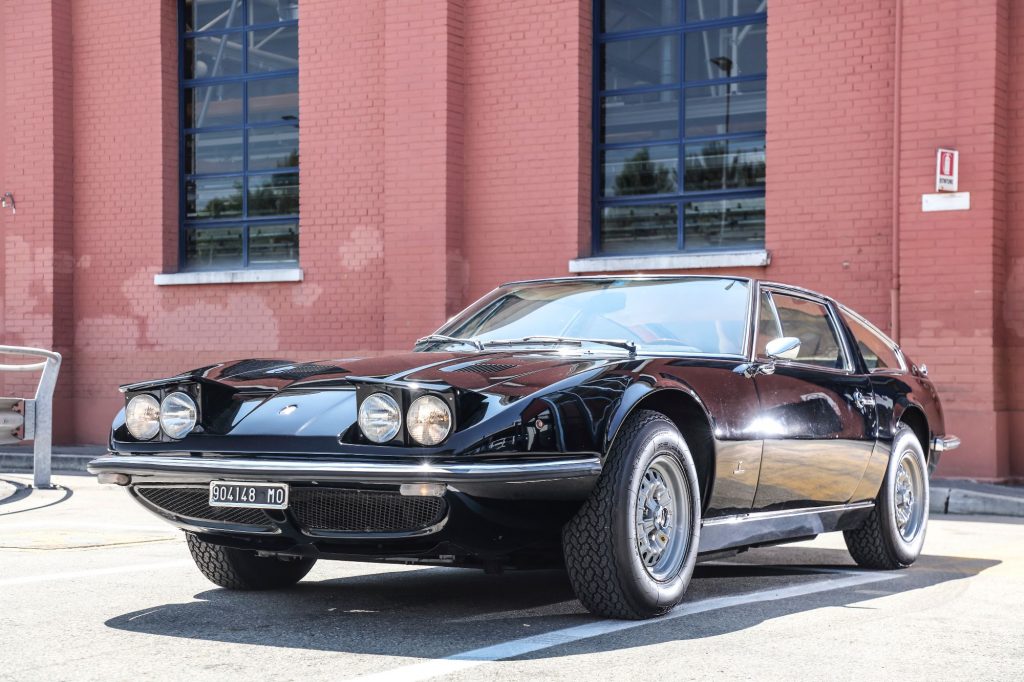
Anfänglich war der Indy mit einem 4,2-Liter-V8-Motor ausgestattet, dessen 260 PS den Sportwagen 250 km/h schnell machten. Alternativ zu dem serienmässigen Fünfgang-Schaltgetriebe war auf Wunsch auch eine Automatik erhältlich. Ab 1970 wurde der Indy zusätzlich mit einem 4,7-Liter-V8-Aggregat angeboten. Dieses verfügte über eine elektronische Zündanlage von Bosch anstelle der bisherigen Weber-Vergaser. Die maximale Leistung stieg damit auf 290 PS, die Höchstgeschwindigkeit auf 280 km/h. 1971 folgte als weitere Option der 300 PS starke Indy mit 4,9-Liter-V8-Maschine. Sie war ab 1973 obligatorisch – die kleineren Motoren wurden aus dem Modellprogramm gestrichen.
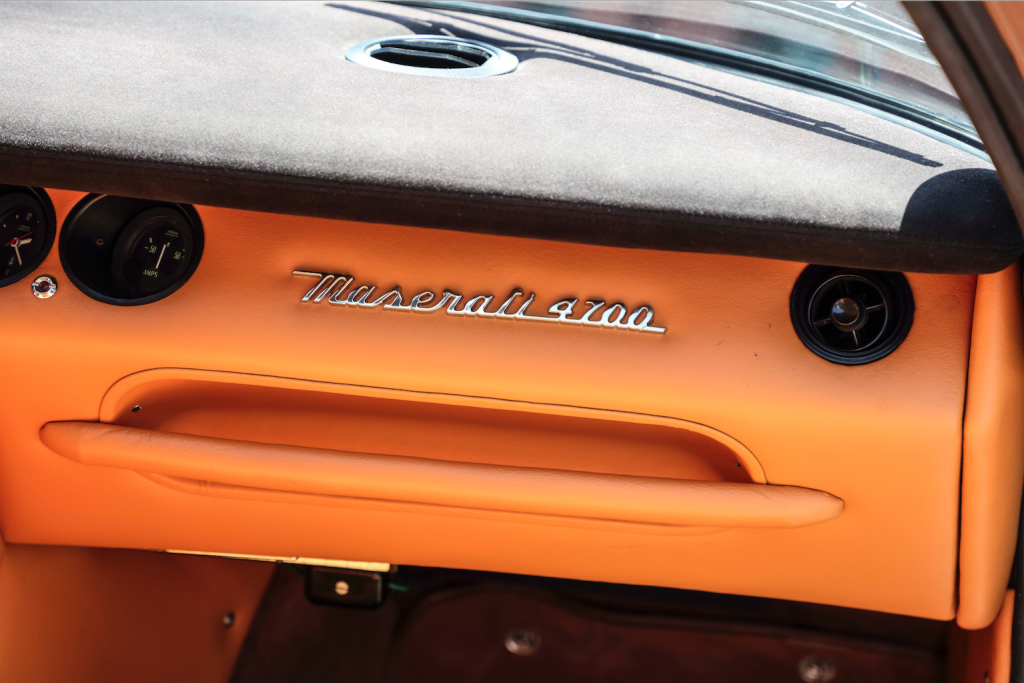
Der Maserati Indy verfügte über eine umfassende Serienausstattung mit Ledersitzen, mechanischer Diebstahlsicherung, einstellbarem Lenkrad, beheizbarer Heckscheibe, elektrischen Fensterhebern, Vordersitze mit Kopfstützen sowie Halogenscheinwerfer. Automatikgetriebe, Servolenkung und eine Radioanlage waren optional erhältlich. Die ursprünglich nur auf Wunsch lieferbare Klimaanlage gehörte ab 1973 zur Serienausstattung. Insgesamt entstanden in Modena zwischen 1969 bis 1975 1.102 Exemplare des Indy. Zu den vielen prominenten Fahrern des Indy zählte unter anderem Abdorreza Pahlavi, der Bruder des Schahs von Persien. Er bestellte 1974 einen Indy mit einer Reihe spezieller Ausstattungen – darunter auch ein Schiebedach. Das Fahrzeug wurde nach seinen Wünschen produziert und 1975 in Modena ausgeliefert. Es existiert heute noch und befindet sich in einer Privatsammlung
Maserati celebrates the 50th #anniversary of the first Indy coupé delivery
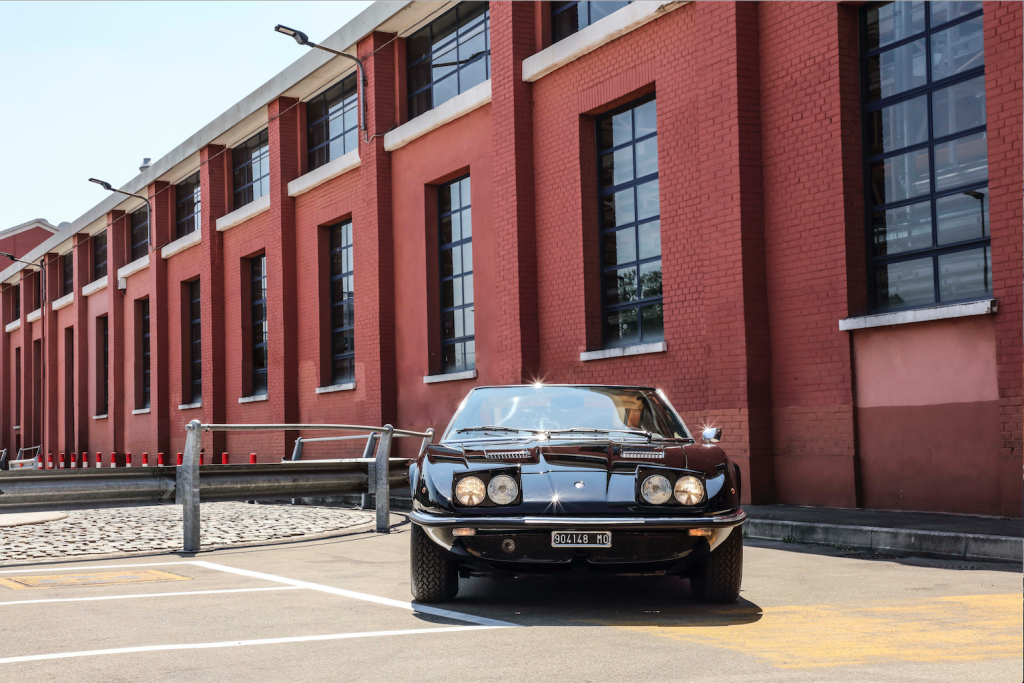
The 1st of July 1969 is an important day in the history of Maserati, since the first Indy built for a customer left the Trident Brand’s historic headquarters at via Ciro Menotti 322 in Modena, heading for delivery in Switzerland. The car was shipped to Maserati’s #Swiss #importer of that time, “Martinelli e Sonvico” in #Chiasso. A few days later, the Indy, in „oro metalizzato“ external colour and brown leather interior, was consigned to a wealthy Swiss businessman.

The Maserati Indy was presented at the Turin Motor Show in 1968, on the Carrozzeria Vignale stand. The following year, the car officially debuted on the Maserati stand at the Geneva Motor Show. In 1968, Maserati built about 700 cars, the best result it had ever recorded since the opening of the Modena production plant. The Maserati range in 1968 was composed of Ghibli, Mexico, Mistral, Quattroporte and Sebring models. In the same year, Maserati achieved a 43% market share in the „over 3,500 cc” segment in Italy.

In response to demand
from customers who were looking for a comfortable, habitable and sporting car, Maserati
decided to develop a new model. This led to the start of the AM116 (Alfieri Maserati 116) project:
Carrozzeria Vignale was commissioned to design a four-seater coupé that would
deliver comfort, sporty performances and innovative looks. The outcome was the
Indy, named in honour of the 8CTF’s impressive wins at the Indianapolis 500 in
1939 and 1940.
The new Indy had large windows to ensure excellent visibility without blind
spots, while also giving the car a particularly sleek line. It also featured
many genuine sportscar details: the front included pop-up headlights, a real
sportscar icon of the time, and an air scoop underneath the slender bumper.
Another distinctive characteristic was the truncated rear, reflecting the
strong focus on aerodynamic efficiency in the design phase.
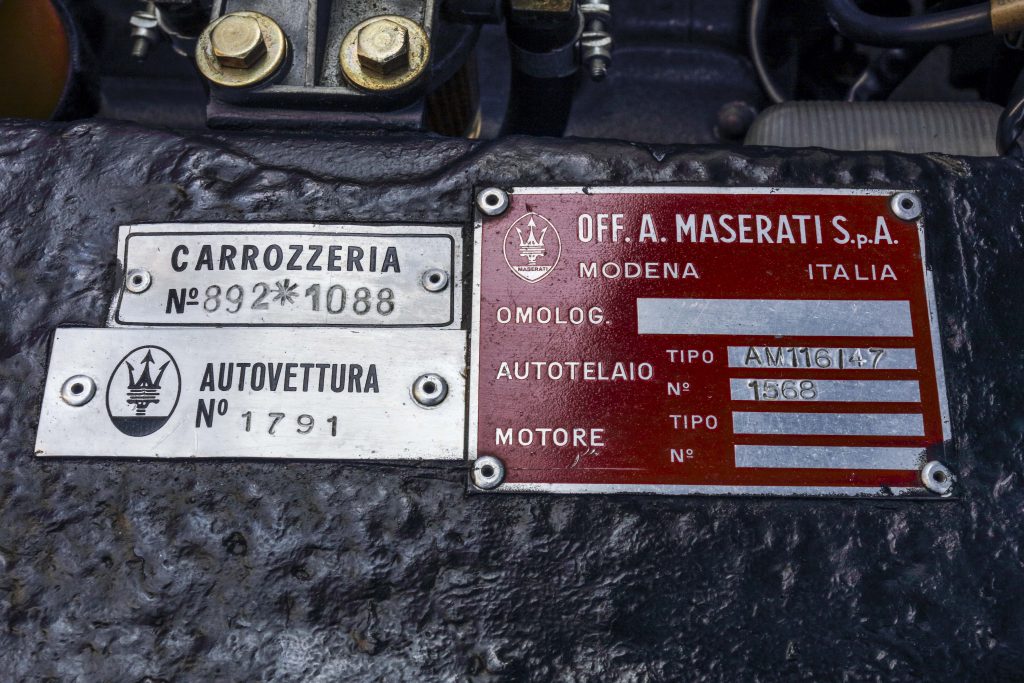
Initially, the engine was a 4,136 cc V8 with bore of 88mm and stroke of 85mm, four Weber 42 DCNF carburettors and single-plug transistor ignition with battery and regulating distributor. The standard transmission was five-speed manual, with automatic gearbox on request. Its power output was 260 hp and top speed peaked at 250 km/h.

In 1970 the Indy was also offered with the 4,719 cc V8 engine, equipped with the new electronic ignition system developed by Bosch. The maximum power output was boosted to 290 hp, with a top speed of 280 km/h.
From 1971, the 300 hp, a 4,930 cc engine was introduced alongside the existing powerplants, and from 1973 this became the only propulsion unit available for the Indy.
The Maserati Indy boasted a high specification as standard: leather seat upholstery, mechanical anti-theft system, adjustable steering wheel, heated rear window, tinted power windows, reclining front seats with headrests and iodine headlights. Automatic gearbox, power steering and radio were available as optionals. From 1973, an air-conditioning system was added as standard. In total, from 1969 to 1975, the Modena plant built 1,102 Indy cars.
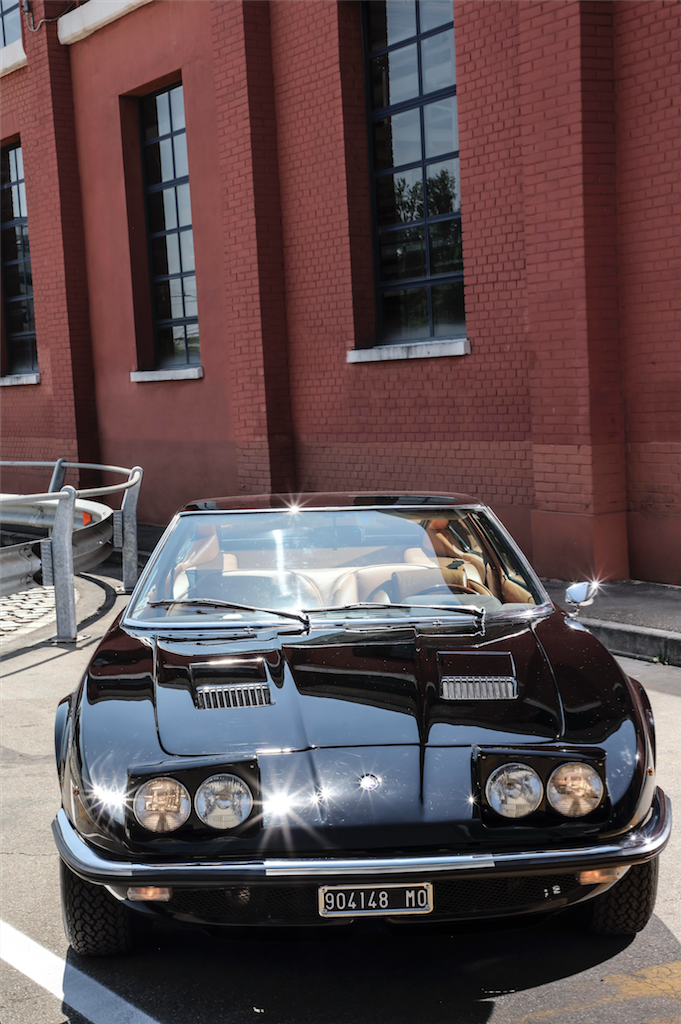
Prominent customers included Abdorreza #Pahlavi, the #Shah of #Persia’s brother, who ordered an Indy in 1974, specifying a number of optionals including an opening sunroof. The car was prepared to his requirements and delivered at the company headquarters in February 1975. The car still survives and is now in a private collection.
Key
technical features of the Maserati Indy:
Production dates: 1969 – 1975
Chassis: semi-monocoque with front subframe
Engine: 90° V8
Displacement: from 4,136 cc to 4,930 cc
Power: from 260 hp to 300 hp
Transmission: mechanical five-speed; Borg Warner three-speed automatic on
request
Braking system: ventilated discs with servo system
Weight: from 1,500 kg to 1,650 kg
Top speed: from 250 Km/h to 280 Km/h
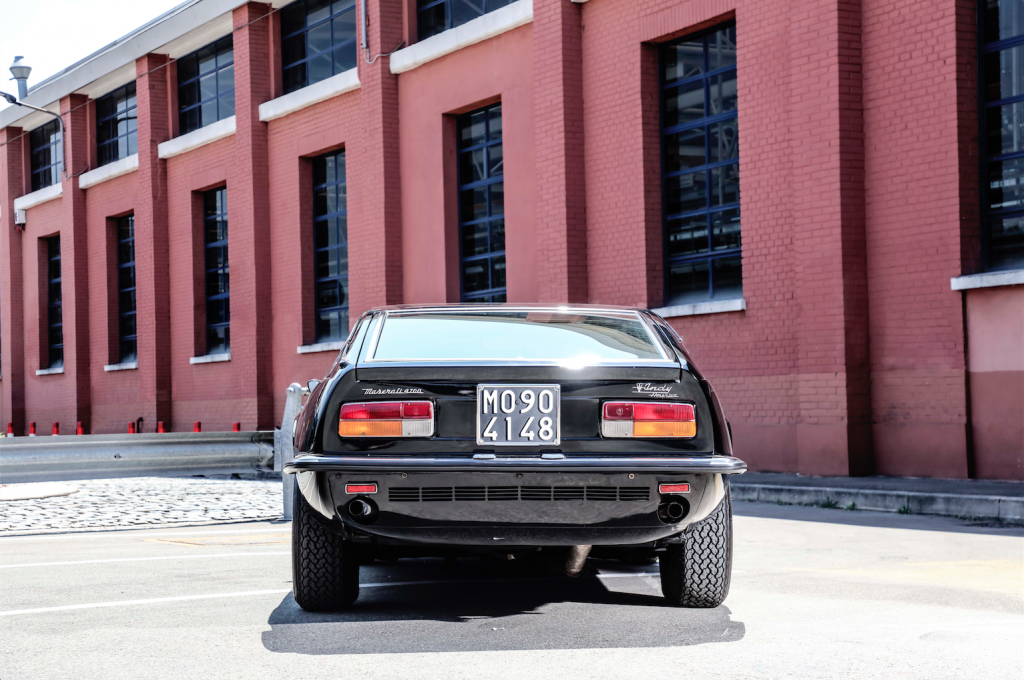
Images and video Maserati S.p.A.

